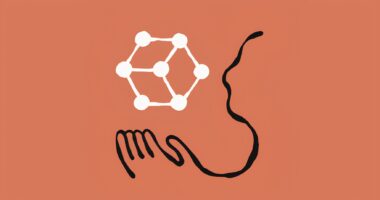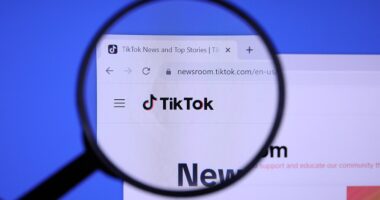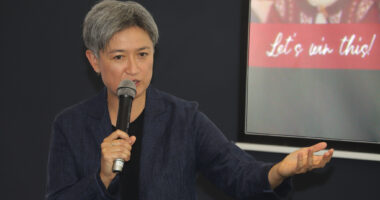Adults in the upper 25 per cent of social media use frequency were more than twice as likely to test as lonely compared to those in the lower 25 per cent, according to research from Oregon State University examining more than 1,500 US adults.
The study, led by Jessica Gorman of the OSU College of Health, and published in the International Journal of Environmental Research and Public Health, examined adults aged 30 to 70 and builds on a 2017 study by co-author Brian Primack, which looked at young adults. Two different measures of social media use, time and frequency, each correlated with loneliness.
“I wasn’t sure if we would see as strong a relationship between social media and loneliness for 60-year-olds that we saw with 18-year-olds, but we did,” Primack said. “Those who were in the upper 25% based on frequency of social media use, compared with those in the lower 25%, were more than twice as likely to test as lonely.”
The findings have important public health implications given loneliness’s high cost to society, with the study using survey weights to make findings nationally representative of all US adults. An estimated 50 per cent of the US adult population is lonely, a trend that worsened during the COVID-19 pandemic.
Loneliness, characterised by the subjective experience of insufficient social connections and resources, is linked to cardiovascular disease, substance use, poor mental health and intimate partner violence. A 2023 advisory from the US Surgeon General estimated the health impact of loneliness as equivalent to smoking 15 cigarettes a day.
“There hasn’t been enough research on adults, who use social media a lot and experience harm due to loneliness,” Primack said. “An important caveat is that this was a correlational study, so we can’t say whether using social media leads to loneliness or whether lonely people seek out more social media. It may be a combination.”
Estimates suggest people commonly check social media between 100 and 200 times a day and spend two to four hours on their platforms of choice. The study was funded by the National Institutes of Health.












